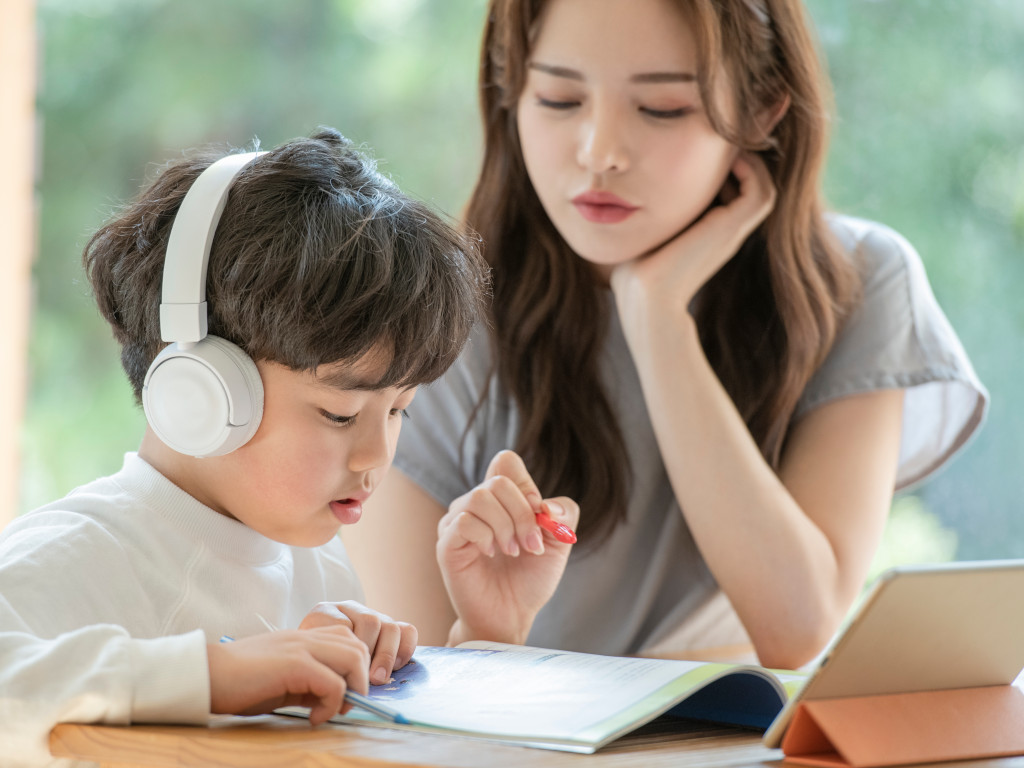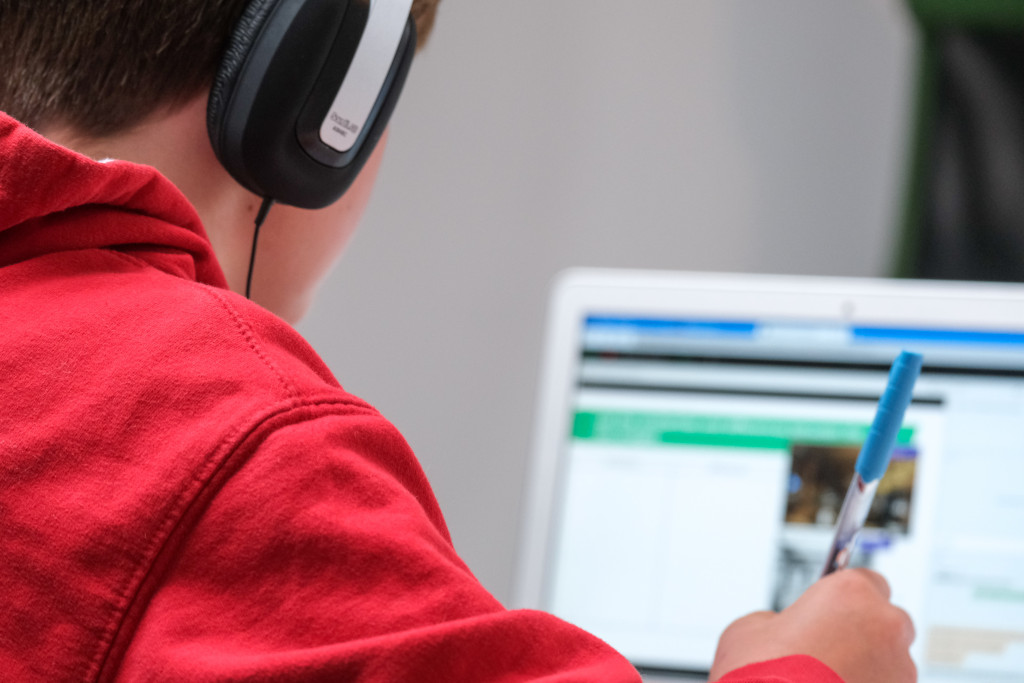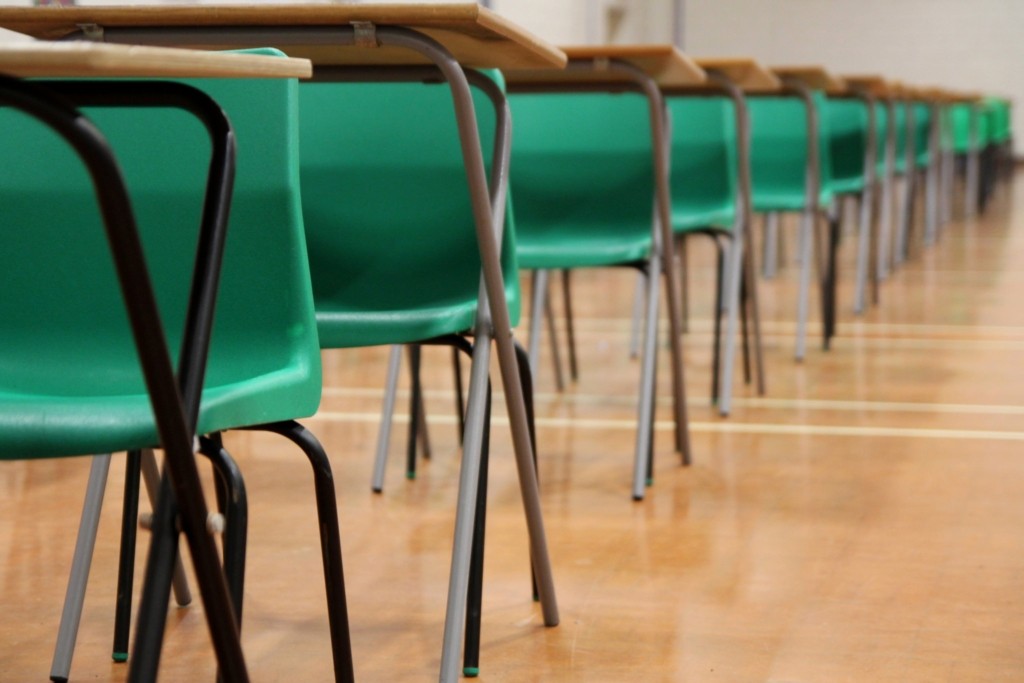SingaporeMotherhood | Preschooler & Up
August 2021
Help Your Kids Prepare for PSLE Chinese Exams in 2021 – Not 1991!

When 45-year-old stay-home mum Gina Siow tried to teach her 11-year-old daughter Jade “using methods my long-suffering Chinese tutor used to help me during my time”, nothing seemed to work. Peggy Lim, Academic Director at leading Chinese language online platform LingoAce, explains why: “Traditional education systems were designed before the internet revolution. It’s important for parents and teachers to adapt to new ways that encourage students to think and learn.” She shares 21st-century strategies to help your child prepare for PSLE Chinese, whether or not they’re taking the exam this year.
(See also: 5 Essential 21st-Century Skills every Child Needs to Learn Today)
Today’s Kids Learn Differently
Children today are more exposed to technology than previous generations, and this has an impact on their learning styles. As digital natives, they process information differently, prefer graphics to text, and are used to multi-tasking. To them, learning comes from doing. Modern young learners need conducive interdisciplinary learning environments to learn effectively.

So what can parents do? Well, start by not forcing them to memorise and copy lines, or do endless assessment papers. This only serves to reinforce the misconception that learning Chinese is boring and tedious. Peggy suggests bringing Chinese to life through technology instead. Provide an engaging environment in which they can interact and receive feedback in real time.
Studies show that children learn more efficiently and retain information better if they connect with the material. Technology can be a powerful tool in bringing to life cultural stories associated with new vocabulary. Parents can further help encourage conversations — in Mandarin — about topics your children are passionate about.
(See also: HBL Tips and Tools – Safeguard Your Kids Online and Enhance Their Home-based Learning)
But My Kids Hate Chinese!
Sound familiar? You probably felt the same when you were a student. “The Chinese language is a tonal one with thousands of special characters,” says Peggy. “Hence in a traditional, passive learning environment, where kids receive instruction from a teacher and with minimal interaction, it is difficult to learn.”
As a result, many kids face anxiety when it comes to learning Chinese and when they face Chinese exams. It’s crucial to get children interested in the language first. Once that mental block is no longer an issue, your child will naturally improve in the subject. Peggy offers these suggestions:

1. Create an immersive environment for learning Chinese
To eliminate the anxiety the subject causes, they must be exposed to Chinese language in an immersive environment. Rote learning is definitely a no-no. This means parents need to find ways for their kids to be part of two-way conversations, real-time interaction, and creative digital content in a setting that engages and inspires learners.
(See also: 10 Ways your Kids can Love Chinese)
2. Nurture a genuine love and curiosity for the language
It is very important to immerse learners in live conversations about things that are of interest to them. Use media and storytelling techniques that nurture a love for the language and culture.
“At LingoAce,” says Peggy, “we work with learners of different language proficiency levels and diverse cultural backgrounds. So we tell interesting stories around new Chinese words to spark their curiosity and encourage self-motivated learning.” It works at home too!
Revising for the Four Main Components of PSLE Chinese

The four main components in the PSLE Chinese exam — indeed, any Chinese exam — that make students quake in their shoes are Vocabulary, Comprehension, Composition, and Oral. The key is to make revision for these four components more interactive and social. This helps motivate students to better engage in material from a textbook page or classroom lecture.
Peggy further recommends adopting a skills-centric modular system when revising with your child. For example, pose one question for basic application, and then try a follow-up question to stretch their thinking further. This systematic approach will help your child internalise new information.
(See also: PSLE Revision: 9 Easy Ways to Help Your Child with Last-Minute Mugging)
PSLE Chinese Vocabulary
Building the vocabulary students need for PSLE Chinese exams doesn’t happen overnight. It’s important to begin accumulating and growing your child’s Chinese vocabulary early.
Games are a good way to get young learners excited. When learning is done in the form of a game, learners will associate learning with fun. Parents can use vocabulary flash cards to engage their children in games like Memory or Snap! In the absence of flashcards, parents can play games like Charades, Simon Says, or I Spy With My Eye — in Mandarin, of course — with their children, to reinforce their learning of vocabulary.
PSLE Chinese Comprehension
Using practice passages from textbooks, storybooks, magazines, and newspapers, encourage your child to:
- Read the passage thoroughly before attempting the questions.
- Go through the questions and understand the key words, question types, and requirements of the questions.
- Read the passage again and source for the answers by locating the key words in the passage.

PSLE Chinese Composition
Kids love to listen to and make up stories. When it comes to Picture Compositions, encourage your child to first describe aloud what they see in Mandarin. Once they are comfortable with telling the story, then get them to write it down. Work with your child to:
- Ensure there is transition content between the pictures, as the composition would be incomplete otherwise. Think of it as an animation film, and what transpires in-between carries the story from one scene to the next.
- Include a reflection to conclude the story, and also to round up the theme of the storyline.
- Prompt them to use correct sentence structure, as this is a key success criterion for a fluent composition.
PSLE Chinese Oral Exam
The face-to-face Oral exam often gives rise to nightmares. Help your child overcome stage fright by practising at home.
Practising reading aloud is key for the Reading component. Remind your child to:
- Read a paragraph from textbooks or newspapers at least thrice a week.
- Practise pronouncing consonants clearly.
- Practise using varied tones to express different emotions.
For the Conversation component, your child can practise:
- Listening to or watching the Chinese news daily, if possible.
- Providing a structured response comprising of a start, middle, and end.
- Sharing their honest opinions and offer insights on the topic.
(See also: PSLE English Oral: A Practical Guide for Students and Parents)
The Oral and Listening Comprehension components together constitute 35 per cent of the PSLE Chinese Language paper. They are also the easiest to score well in. Students who regularly communicate in the language will have an edge in performing well for these two components. Hence if you can, try to offer your child the opportunity to interact frequently with native Mandarin speakers.
New PSLE Scoring System

With the introduction of the new scoring system that replaces the PSLE T-score with wider scoring bands, known as Achievement Levels (ALs), students can no longer leverage on their stronger subjects to improve their T-score. This means that students need to place equal emphasis on all four subjects, including their Mother Tongue.
For the written exams, time management is important. Students should try to allocate their time accordingly to successfully complete the PSLE Chinese exam. Peggy recommends this formula:
Paper 1 (50 minutes)
- 5 to 10 minutes to analyse questions and plot storyline
- 30 to 35 minutes to write the story
- 5 to 10 minutes to check for errors and make changes
Paper 2 (1 hour 40 minutes)
- 30 minutes for Booklet A
- 60 minutes for Booklet B
- 10 minutes to check for errors and make changes
(See also: How your Teen can use their School Holiday to Build a Better Portfolio for University Admission)
All content from this article, including images, cannot be reproduced without credits or written permission from SingaporeMotherhood.
Follow us on Facebook, Instagram, and Telegram for the latest article and promotion updates.





